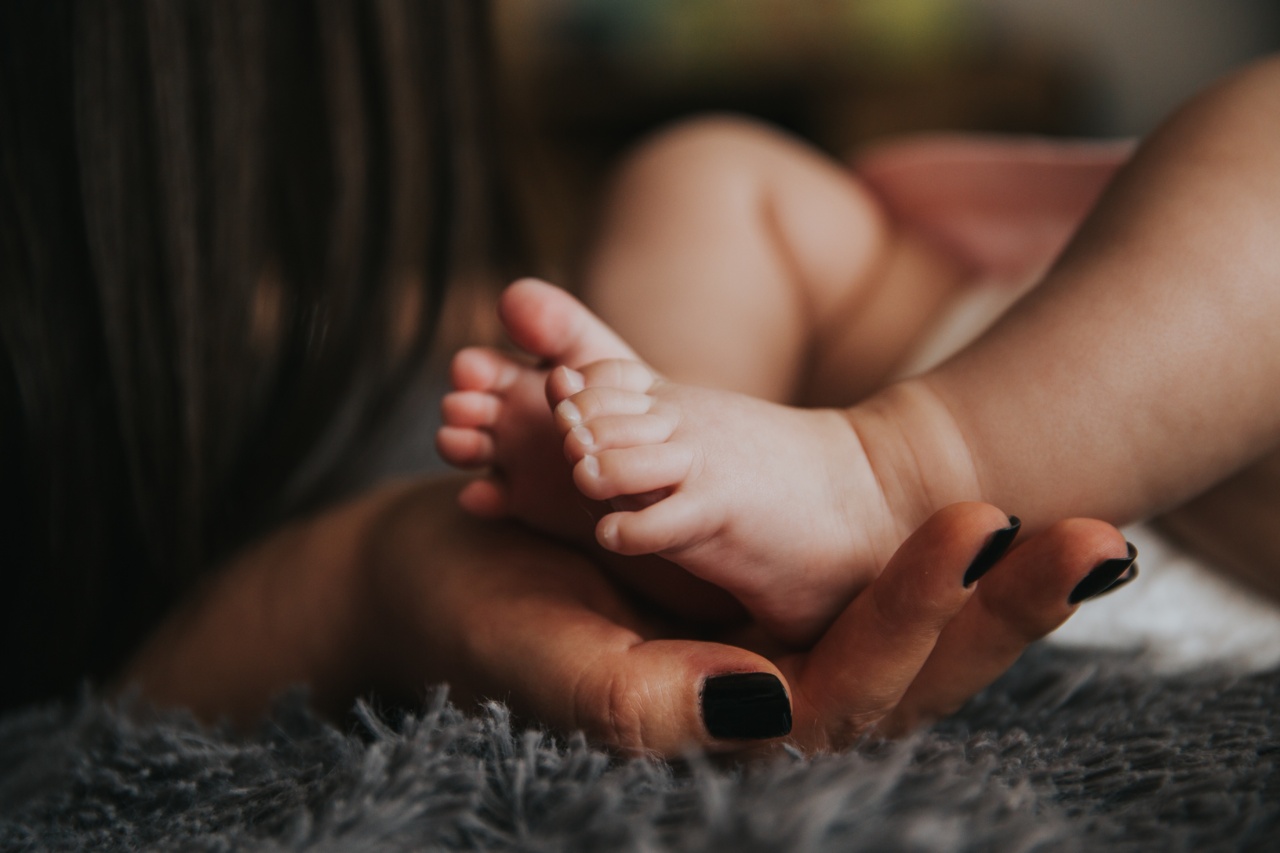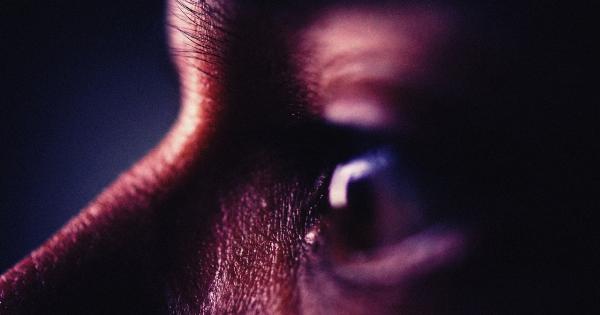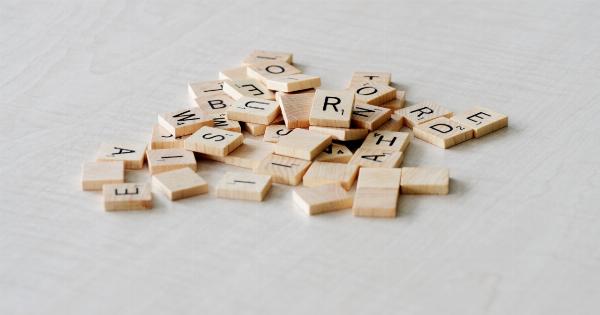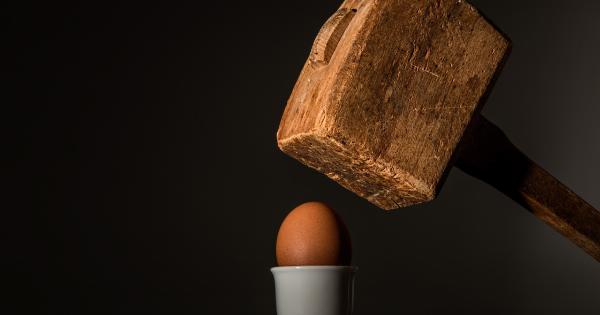Acne is a common condition that affects millions of people around the world.
While most acne sufferers experience breakouts from time to time, some develop a compulsive habit of picking at their skin, which can in turn lead to scarring, infection and further skin problems. This habit is known as compulsive skin picking, or CSP, and can have a serious impact on a person’s quality of life.
What is Compulsive Skin Picking?
Compulsive skin picking is a disorder where a person can’t stop picking at their skin, resulting in noticeable damage that can be both physical and emotional.
People with CSP not only pick at pimples, but also at healthy skin, scabs, or any small bump that they perceive on their skin. Although this behavior may seem harmless at first, it can turn into an uncontrollable habit that can lead to anxiety, depression, and embarrassment.
What Causes Compulsive Skin Picking?
The exact cause of CSP is unknown, but studies suggest that it may be related to anxiety, stress, and obsessive-compulsive disorder (OCD).
People with CSP often experience a sense of satisfaction or relief from the act of picking at their skin, similar to the way one feels after completing a task or fulfilling a goal. This makes it difficult for them to stop, even when they recognize the damage they are causing to their skin.
What Are the Symptoms of Compulsive Skin Picking?
Compulsive skin picking can be difficult to identify, as many people who have this condition are ashamed to talk about it or seek help. However, some common symptoms of CSP may include:.
- Spending several hours a day picking at the skin
- Leaving scars or marks on the skin from picking
- Feeling embarrassed or ashamed about the condition
- Feeling relief or satisfaction after picking at the skin
- Having anxiety or stress when unable to pick at the skin
- Hiding the affected skin areas with clothing or makeup
How can Compulsive Skin Picking be Treated?
Although there is no one-size-fits-all treatment for CSP, there are several options available that can help reduce the urge to pick at the skin and improve the appearance of damaged skin. Some common treatments for CSP may include:.
- Cognitive Behavioral Therapy (CBT): This type of therapy can help a person identify triggers for their skin picking behavior and develop strategies to manage stress and anxiety.
- Prescribed Medications: Certain medications, such as SSRIs, have been shown to be effective in reducing symptoms of CSP in some patients.
- Habit-Reversal Training (HRT): HRT involves developing new habits to replace the habit of skin picking, such as wearing gloves or squeezing a ball whenever the urge to pick arises.
- Self-Help Techniques: Some people with CSP find relief through self-help methods such as meditation, yoga or exercise.
How to Manage Compulsive Skin Picking?
If you or someone you know is struggling with CSP, there are several things you can do to help manage the condition and reduce the urge to pick at the skin:.
- Avoid mirrors: Limit your exposure to mirrors or remove them from your living space if you can. This can help reduce the temptation to pick at your skin.
- Keep your hands busy: Find other activities to occupy your hands, such as knitting, drawing, or playing with a fidget toy when you feel the urge to pick at your skin.
- Practice mindfulness: Mindfulness can help reduce anxiety and stress and improve the ability to manage difficult emotions. Try practicing mindfulness exercises like deep breathing or meditation.
- Stay Connected: Join a support group or connect with others who have experienced CSP. Sharing your experiences and hearing from others can be an effective way to cope with the condition.
Conclusion
Compulsive skin picking can be a difficult and embarrassing condition to live with, but it is important to remember that it is treatable.
If you or someone you know is struggling with CSP, it is important to seek help from a qualified healthcare professional trained in the treatment of skin disorders. With the right treatment and management techniques, it is possible to overcome CSP and enjoy healthier, clearer skin.


























